'Dear Diary': 14 Noteworthy Journal-Keepers
Words on a page
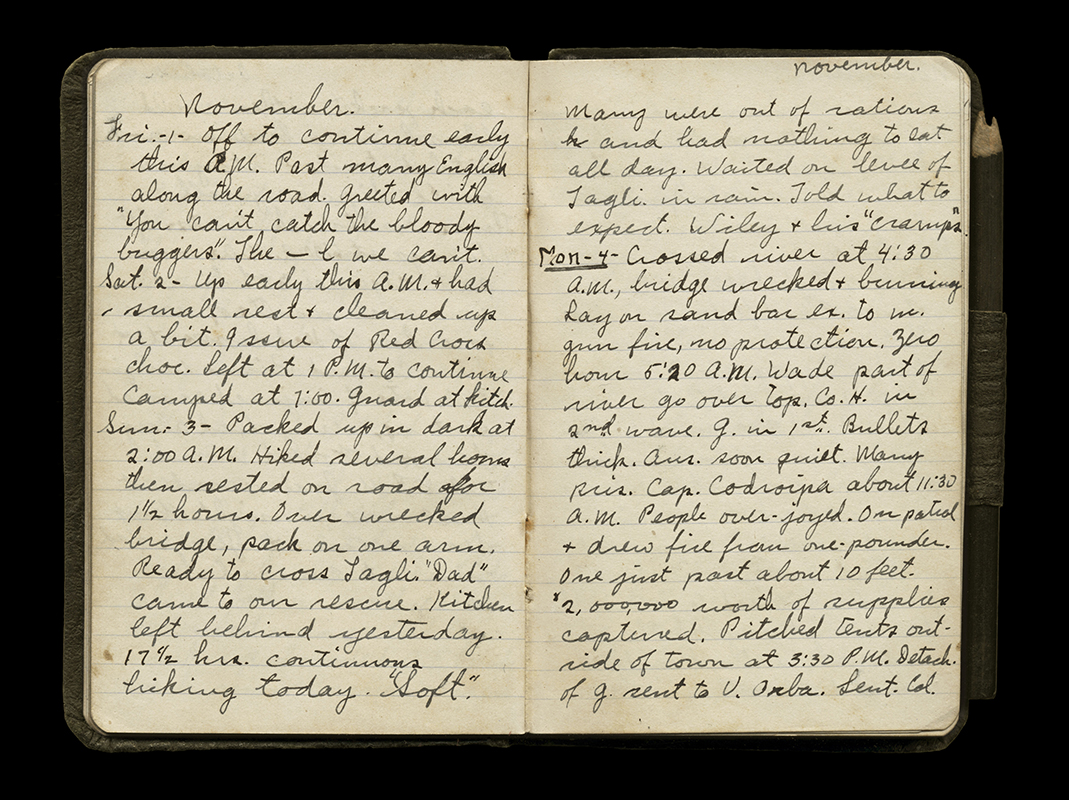
Throughout history, scientists, explorers, activists and artists have recorded their thoughts and observations in journals and diaries. A number of these records, many of which were written decades or even centuries ago, continue to captivate scholars and readers today.
From intrepid explorers to ingenious inventors to activists working for social justice — here are just a few examples of diarists whose unique insights and perspectives on the world around them have resonated for generations.
Charles Darwin (1809-1882)

Famed British naturalist Charles Darwin was a dedicated archivist. He kept a "little diary," as he called it, of notable events in his personal and professional life, beginning at the age of 29 by backtracking and recording everything of his life that he remembered up to that point, then continuing to update the diary until months before his death in 1881, the website Darwin Online wrote.
But Darwin's best-known journals are the research notes he kept as naturalist for the ship H.M.S. Beagle, during its voyage exploring the South American coast, from 1831 through 1836. Darwin observed and meticulously noted what he saw of the geology, animals and fossils in every location, and began gathering the first clues that would later form the foundation of his theory of evolution.
He made the following entry on Sept. 29, 1835, while visiting the Galapagos Islands: "Considering the small size of the islands, we feel the more astonished at the number of their aboriginal beings, and at their confined range. Seeing every height crowned with its crater, and the boundaries of most of the lava-streams still distinct, we are led to believe that within a period geologically recent the unbroken ocean was here spread out. Hence, both in space and time, we seem to be brought somewhat near to that great fact — that mystery of mysteries — the first appearance of new beings on this earth."
Marie Curie (1867-1934)

On December 16, 1867, chemist and nuclear physicist Marie Curie made her first entry in a laboratory journal documenting her research on radioactivity — when an unstable atomic nucleus spontaneously emits energy — which she conducted with her husband. Together, they investigated the previously unknown radioactive elements polonium and radium, and in 1910 she proved radium was a new element by producing it as a pure metal. She and her husband were jointly awarded the Nobel Prize in Physics in 1903, and she earned the Nobel Prize in Chemistry in 1911.
Curie's long-term exposure to radiation during the course of her studies eventually led to her death from aplastic anemia, and her laboratory notebooks, which are still highly radioactive, are stored in the Bibliotheque National in Paris, in a lead-lined box. Visitors may view them only after donning protective clothing and signing a liability waiver, the Christian Science Monitor reported in 2011.
Get the world’s most fascinating discoveries delivered straight to your inbox.
Emilie Davis (diary entries 1863-1865)
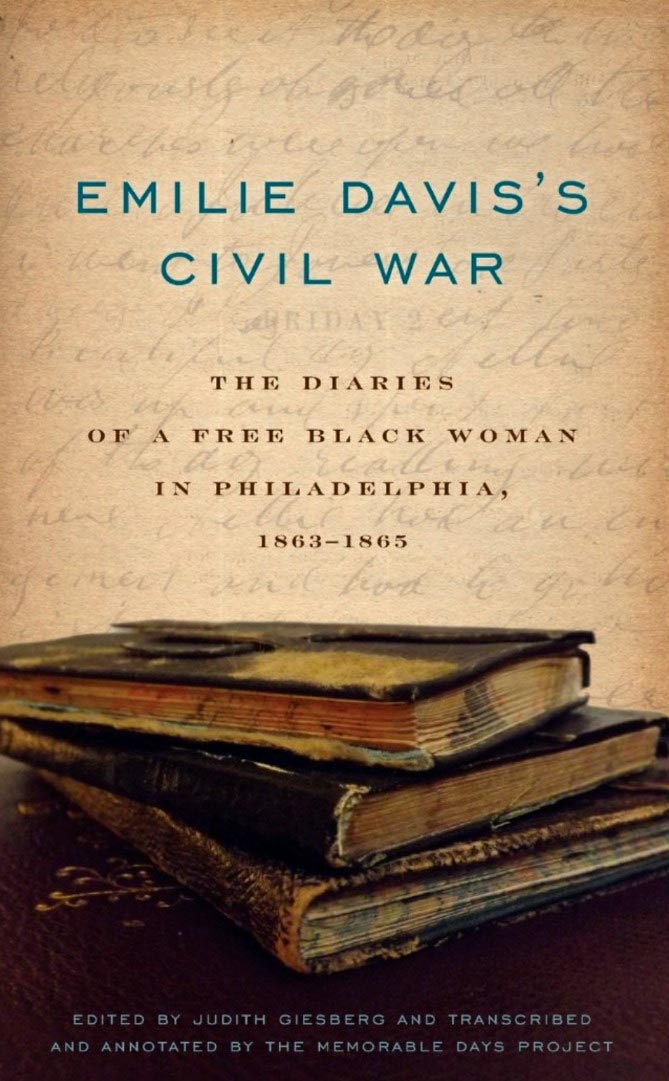
Three pocket diaries kept by Emilie Davis — an African-American woman who lived in Philadelphia at the time of the Civil War — during the years 1863 to 1865, offer a remarkable day-to-day record of life for a free black woman. Davis began writing the diaries when she was in her late teens or early twenties, according to the Historical Society of Pennsylvania, which holds the diaries in their collection. The journals hint at how black Philadelphians responded as the war unfolded, with short entries of just a sentence or two each juxtaposing momentous, historical events with the minutia of daily life.
A transcription of Davis's journals, accompanied by annotations, was published in 2014 under the title, "Emilie Davis’s Civil War: The Diaries of a Free Black Woman in Philadelphia, 1863–1865" (The Pennsylvania State University Press).
Robert Falcon Scott (1868-1912)
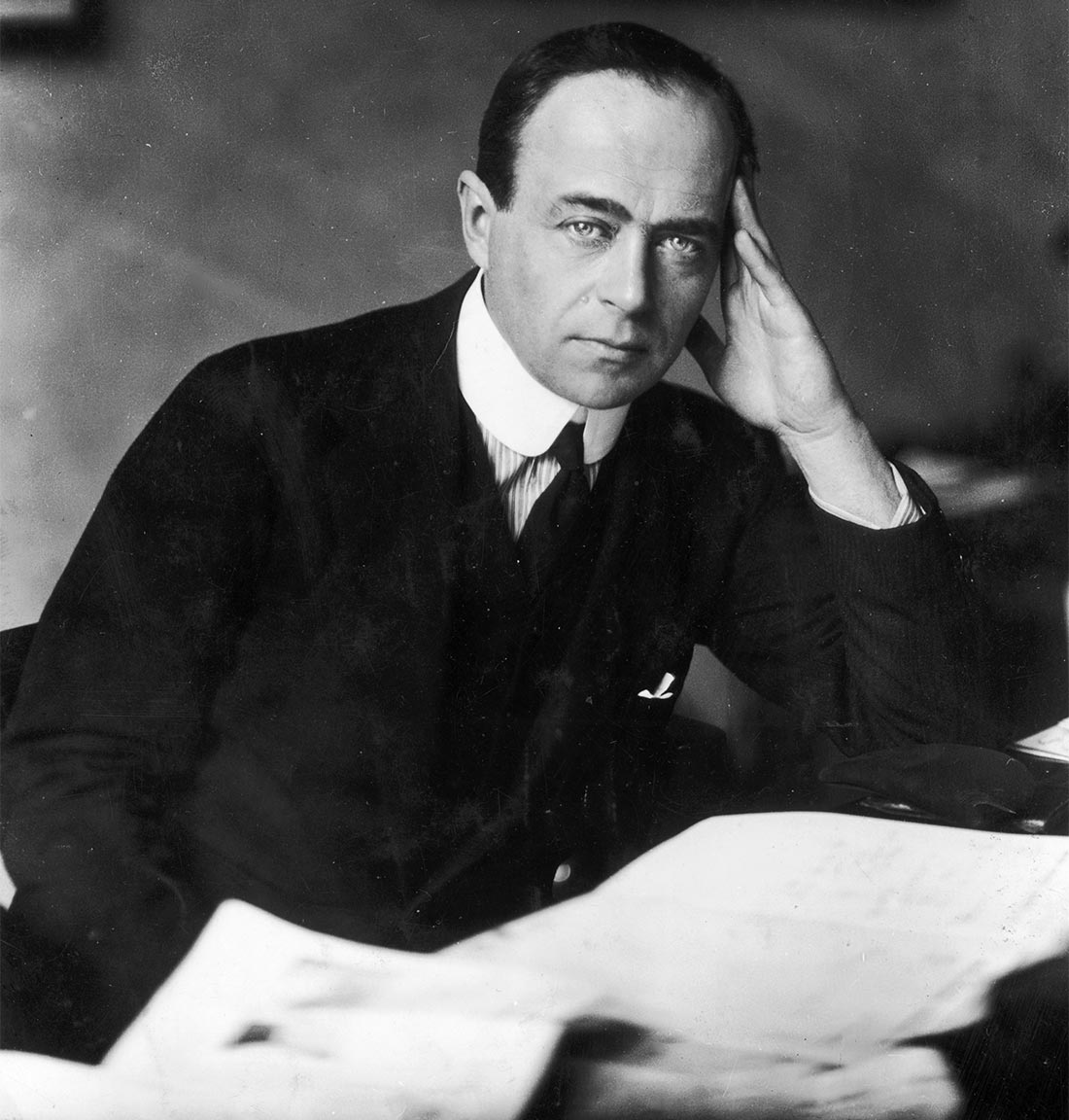
The diaries kept by the explorer Robert Falcon Scott during his ill-fated 1910 expedition to be the first to attain the South Pole, were a record of the grueling hardships suffered by his team as they struggled to reach their goal.
In a harrowing journey that began in November 1911, Scott and four men reached the pole on January 17, 1912, only to discover that that a rival team of Norwegian explorers had gotten there one month earlier, according to an account of the expedition published online by the Antarctic Heritage Trust. Exhausted and running low on supplies, the entire group perished from injuries, cold and starvation during the return trip to home base. Their fate was discovered months later, when a search team found their camp and Scott's journal.
Scott kept writing in his diary until he could no longer put pen to paper. In his final entry, dated March 29, he wrote: "Had we lived, I should have had a tale to tell of the hardihood, endurance, and courage of my companions which would have stirred the heart of every Englishman. These rough notes and our dead bodies must tell the tale."
Anne Frank (1929-1945)

June 12, 2017 marks the 75th anniversary of Anne Frank’s first diary entry. For decades after her untimely death in 1945 in a German death camp, her poignant words — written between 1942 and 1944, while she and her family hid from the Nazis in an Amsterdam attic — have touched the lives of millions readers of all ages and around the world.
"It’s utterly impossible for me to build my life on a foundation of chaos, suffering and death," Frank wrote on July 15, 1944.
"I see the world being slowly transformed into a wilderness, I hear the approaching thunder that, one day, will destroy us too, I feel the suffering of millions. And yet, when I look up at the sky, I somehow feel that everything will change for the better, that this cruelty too shall end, that peace and tranquility will return once more."
Thomas Edison (1847-1931)

As an inventor Thomas Edison was astoundingly prolific, but he was somewhat less productive as a diarist; in all of his papers, there is only one known example of him recording his personal thoughts, feelings and opinions: a detailed diary that he kept from July 12 through July 21 in 1885. But the scant collection of pages — 45 in total — that accumulated during that brief period represent a fascinating glimpse into the mind of one of history's most famous inventors, as he recounts the most mundane details with a keen eye for detail and a wry sense of humor.
"Went into a drug store and bought some alleged candy, asked the gilded youth with the usual vacuous expression, if he had any nitric peroxide, he gave a wild stare of incomprehensibility," Edison wrote on July 19.
"Then I simplified the name to nitric acid, which I hoped was within the scope of his understanding. A faint gleam of intelligence crept over his face whereupon he went into another room from which he returned with the remark that he didn’t keep nitric acid. Fancy a drug store without nitric acid."
"Che" Guevara (1928-1967)

Marxist revolutionary Ernesto "Che" Guevara de la Serna was born in Argentina, and he abandoned a career in medicine to bring messages of Marxism and revolution to the people of South America. He served as an advisor to Cuban dictator Fidel Castro, assisting in the country's transformation to a Communist state. His diary "Reminiscences of the Cuban Revolutionary War" recalled his time with Castro shaping the guerilla movement that upended Batista's dictatorship in 1959, and his unfinished diary, "The Bolivian Journal," was found among his belongings after he was killed in Bolivia in 1967.
"Fidel’s opening shot shattered him; he managed to shout out something like, 'Ay, mi madre!' then he fell over dead," Guevara wrote in "Reminiscences," in an entry describing the Battle of Arroyo del Infierno in January 1957.
"Covered by the guajiro Crespo, I reached the house and saw the body; I took his bullets, his rifle, and a few other belongings. The man had been struck full in the chest, the bullet probably piercing his heart, and his death had been instantaneous; he already showed the first signs of rigor mortis, perhaps because of the exhaustion of his last day’s march. The battle was extraordinarily fast and soon, our plan successfully executed, we all withdrew," he wrote.
Isabelle Eberhardt (1877-1904)

Writer and 19th-century explorer Isabelle Eberhardt left her native Switzerland at the age of 22 to travel alone through Algeria. She was fluent in Arabic, and disguised herself as a man so that she could work to earn her passage. Eberhardt led an unconventional life, riding through the Sahara Desert on horseback, dabbling with marijuana and alcohol (despite her conversion to Islam), and writing extensively about her travels and adventures, though much of her writing was destroyed in the flash flood that took her life in 1904.
"Now more than ever do I realize that I will never be content with a sedentary life, that I will always be haunted by thoughts of a sun-drenched elsewhere," she wrote in a surviving diary entry, published in "The Nomad: The Diaries of Isabelle Eberhardt (Virago Press, 1987).
Frida Kahlo (1907-1954)
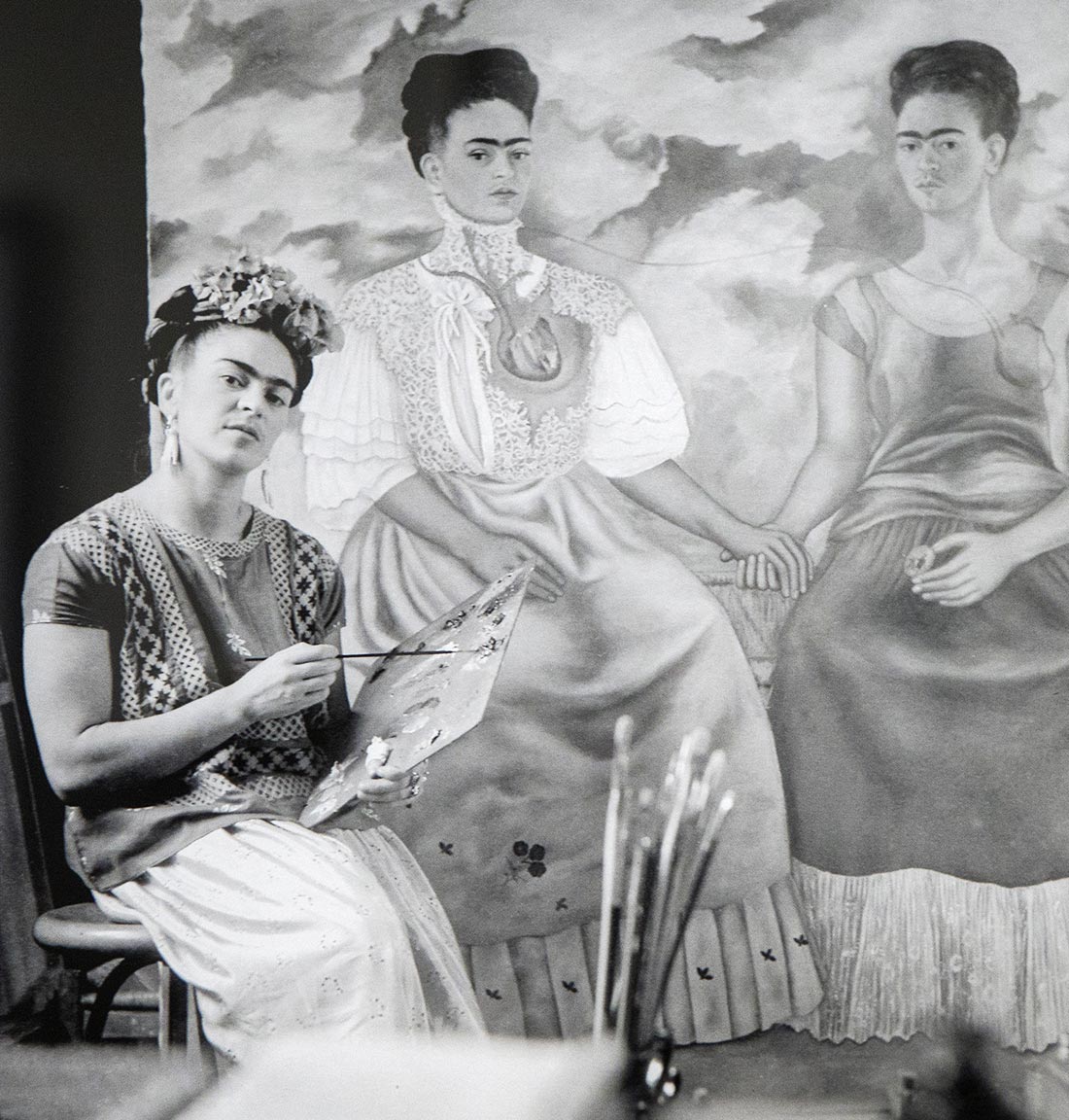
Painter Frida Kahlo's powerful and brightly-colored canvases incorporated bold and surreal imagery inspired by Mexican folklore, and representing the country's native plants and animals, and she is recognized as one of the most important artists of the 20th century. The written and illustrated diaries she kept during the last 10 years of her life — published as "The Diary of Frida Kahlo: An Intimate Self-Portrait" (Abrams, 2005) — offer a glimpse not only of her creative process, but of her tumultuous relationship with her husband, artist Diego Rivera.
"All of you in a space full of sounds — in the shade and in the light. You were called AUXOCHROME the one who captures color. I CHROMOPHORE — the one who gives color," Kahlo wrote to Diego in an undated letter.
"You are all the combinations of numbers. life. My wish is to understand lines form shades movement. You fulfill and I receive. Your word travels the entirety of space and reaches my cells which are my stars then goes to yours which are my light."
Ahmed Ibn Fadlan (877 A.D. to 960 A.D.)
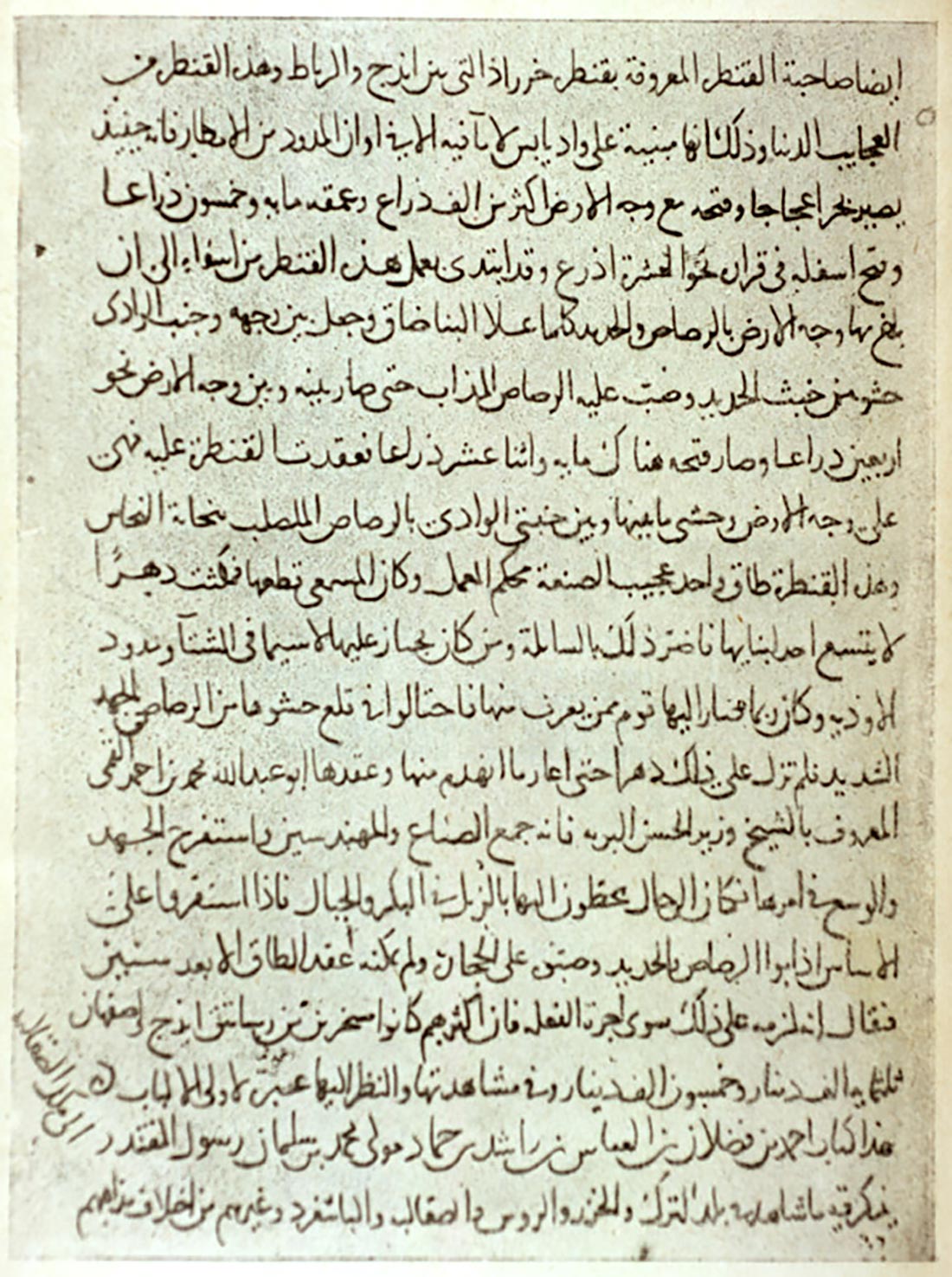
During the 10th century, explorer and writer Ahmad Ibn Fadlan documented his travels accompanying an ambassador sent by the Caliph of Baghdad to the king of the Volga Bulghars in what is now Russia. He created one of the earliest written records describing northern Europe and its inhabitants, and provided detailed information about the presence of the Vikings in the region and the emergence of the Russian state, according to a study published in 2000 in the Journal of Arabic and Islamic Studies.
In an entry describing the Rusiyyah people — a band of Northern European traders — Ibn Fadlan wrote: "I saw the Rusiyyah when they had arrived on their trading expedition and had disembarked at the River Atil. I have never seen more perfect physiques than theirs — they are like palm trees, are fair and reddish, and do not wear the qurtaq or the caftan. The man wears a cloak with which he covers one half of his body, leaving one of his arms uncovered. Every one of them carries an axe, a sword and a dagger and is never without all of that which we have mentioned."

Mindy Weisberger is a science journalist and author of "Rise of the Zombie Bugs: The Surprising Science of Parasitic Mind-Control" (Hopkins Press). She formerly edited for Scholastic and was a channel editor and senior writer for Live Science. She has reported on general science, covering climate change, paleontology, biology and space. Mindy studied film at Columbia University; prior to LS, she produced, wrote and directed media for the American Museum of Natural History in NYC. Her videos about dinosaurs, astrophysics, biodiversity and evolution appear in museums and science centers worldwide, earning awards such as the CINE Golden Eagle and the Communicator Award of Excellence. Her writing has also appeared in Scientific American, The Washington Post, How It Works Magazine and CNN.


